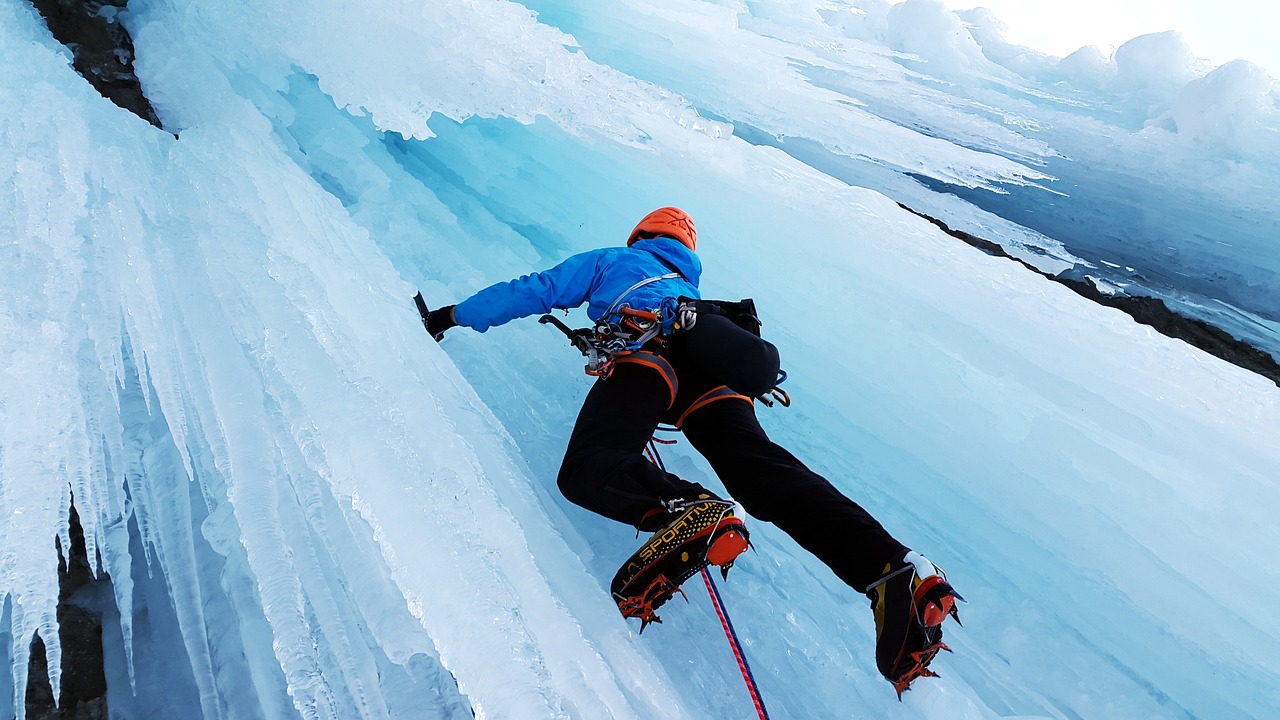Ice climbing – an entertaining ascent to ice formations like an icefall, i.e. a frozen waterfall. Dry climbing – climbing on ice using special tools. Depending on the slope and structure of the ice, different equipment and techniques may be used. For example, on flat ice, almost any good shoe used in hiking or mountaineering will do, but for climbing on problematic ice, double plastic (or the stiffer leather equivalent) mountaineering boots are usually used. They must be compatible with crampons and stiff enough to withstand the climber.
On short, low-angle inclines, an ice axe can be used to split the foot space. On larger and steeper inclines or glaciers, crampons are absolutely necessary to make the climb safe. Vertical ice climbing is performed with crampons and ice axes (usually called ice tools if they are made specifically for vertical ice climbing); the climber rests his feet and then strikes the ice axe above his head. This technique is known as the “upward movement.
The strength of the ice is often amazing; even if the axe enters the ice by only about one centimeter, it is enough to keep the climber on it. If a climber is leading a group, other athletes will also have to put screws in the ice for safety (see climbing system).
Most climbers would consider only the latter scenario true ice climbing; less steep climbs are considered normal winter mountaineering.
